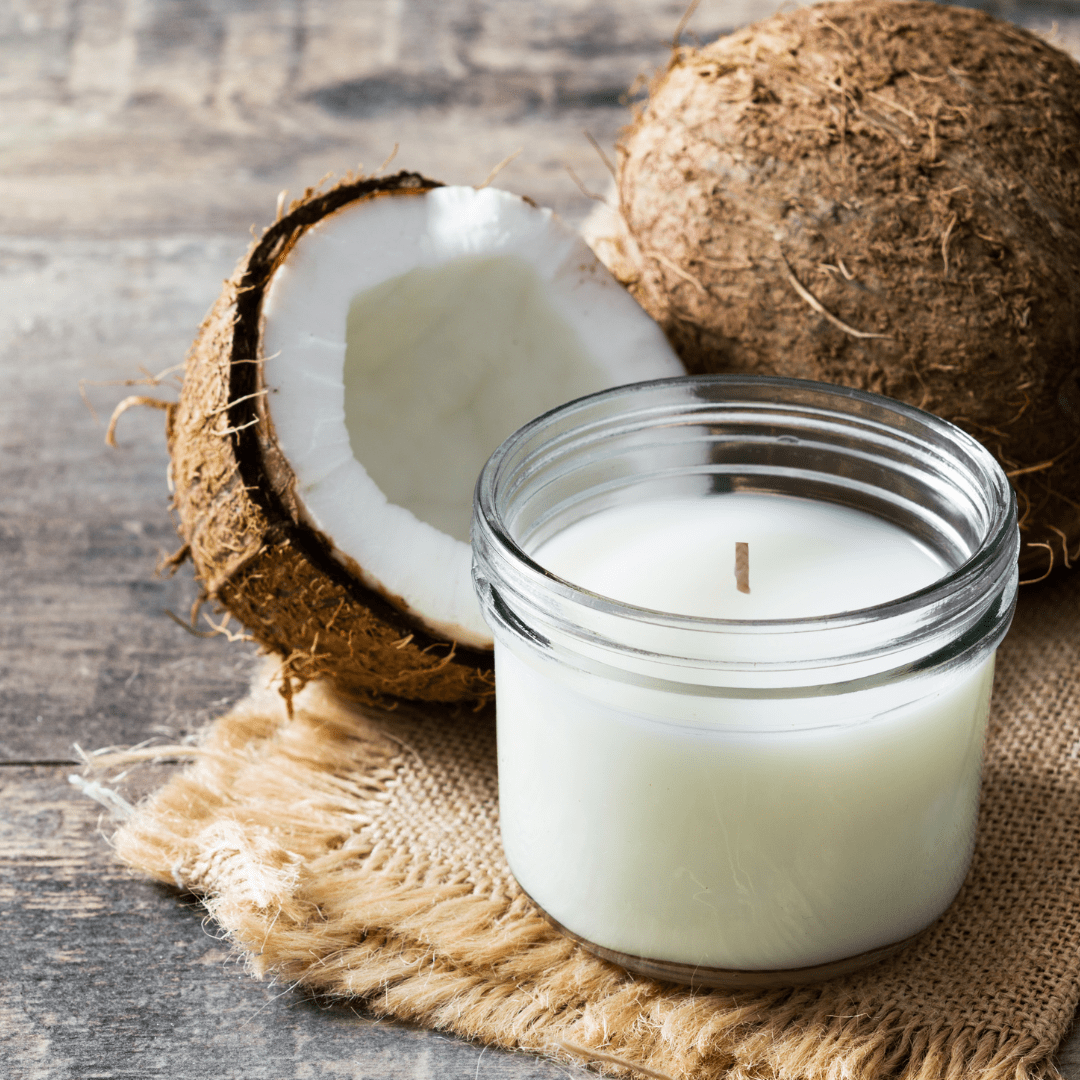Develop Ambiance with Handmade Soy Wax Candles and Home Fragrance
Develop Ambiance with Handmade Soy Wax Candles and Home Fragrance
Blog Article
From Wick to Wax: Recognizing the Chemistry Behind Soy Wax Candles and Their Environmental Influence
As we brighten our rooms with the warm radiance of candles, there lies a realm of complex chemistry behind the apparently easy act of lighting a soy wax candle. Join us as we untangle the scientific complexities behind soy wax candle lights and explore their implications on our atmosphere.
Soy Wax Vs. Paraffin Wax
When contrasting soy wax and paraffin wax for candle light production, it is vital to recognize the unique characteristics and advantages of each product. Soy wax is an all-natural, renewable resource stemmed from soybean oil, making it green and eco-friendly - home fragrance. In contrast, paraffin wax is a by-product of oil refining, which raises problems about its environmental influence and sustainability
Soy wax candle lights melt cleaner and give off less residue contrasted to paraffin wax candle lights, making them a healthier choice for indoor air top quality. Additionally, soy wax has a lower melting point, enabling a longer-lasting candle light that distributes fragrance better. Paraffin wax, on the various other hand, often tends to burn faster and less easily, possibly releasing hazardous chemicals into the air.
From a sustainability point of view, soy wax is preferred for its biodegradability and sustainable sourcing, lining up with the expanding consumer preference for environmentally conscious products. While paraffin wax has been a conventional selection in candle making because of its price and convenience of usage, the change towards green options like soy wax is getting momentum in the sector.
Chemical Composition of Soy Wax

Burning Refine in Soy Candles
The chemical composition of soy wax directly influences the burning procedure in soy candles, affecting variables such as melt time, aroma launch, and environmental impact. When a soy candle is lit, the heat from the flame melts the wax near the wick. This liquid wax is after that formulated the wick as a result of capillary activity. As the liquid wax gets to the fire, it vaporizes and undertakes combustion. The burning procedure entails the vaporized hydrocarbons in the wax responding with oxygen in the air to create warmth, light, water vapor, and co2.
The combustion effectiveness of soy candles is affected by the purity of the soy wax and the high quality of the wick. In addition, soy wax candles have a lower environmental effect contrasted to paraffin candle lights due to their biodegradable and eco-friendly nature.

Ecological Benefits of Soy Wax

Considered a sustainable alternative to standard paraffin wax, soy wax uses significant ecological advantages that make it a popular option amongst eco-conscious consumers. One substantial advantage of soy wax is its eco-friendly sourcing. Soy wax is obtained from soybean oil, which is primarily grown in the USA. The cultivation of soybeans aids sustain local farmers and minimizes the dependence on non-renewable nonrenewable fuel sources utilized in paraffin wax production. Additionally, soy wax is naturally degradable, implying it damages down normally without launching hazardous contaminants into the environment. This characteristic makes soy wax candle lights a more environmentally friendly alternative contrasted to paraffin wax candles, which are made from oil, a non-renewable source. In addition, soy wax burns cleaner and generates much less soot than paraffin wax, contributing to far better interior air top quality and decreasing the requirement for cleansing and maintenance. Overall, the environmental benefits Clicking Here of soy wax align with the growing need for eco-friendly and sustainable items out there.
Recycling and Disposal Considerations
Reusing and proper disposal of soy wax candle lights play a critical duty in preserving environmental sustainability and minimizing waste in households and areas. When it concerns reusing soy wax candle lights, the very first step is to make certain that the candle light has actually burned totally. This can be attained by permitting the candle to melt until the wick is no much longer functional, and after that letting the continuing to be wax cool and solidify. As soon as the wax has actually strengthened, it can be meticulously removed from the container.

In terms of disposal, if recycling is not an alternative, soy wax candles are biodegradable and can be safely dealt with in the majority of family waste systems. It is constantly recommended to inspect with local reusing centers or waste monitoring services for particular standards on candle light disposal to make certain proper handling and environmental security.
Final Thought
In verdict, the chemistry behind soy wax candle lights discloses their environmental benefits over paraffin wax candle lights. Soy wax, obtained from soybean oil, burns cleaner and creates much less soot when contrasted to paraffin wax.
When contrasting soy wax and paraffin wax for candle production, it is necessary to comprehend special info the unique qualities and advantages of each material (soy candles).Soy wax candle lights shed cleaner and give off less residue contrasted to paraffin wax candle lights, making them a much healthier selection for interior air click to read more high quality.Thought about a lasting option to standard paraffin wax, soy wax offers noteworthy environmental advantages that make it a prominent choice among eco-conscious consumers. Soy wax burns cleaner and produces much less soot than paraffin wax, contributing to better indoor air high quality and lowering the need for cleansing and maintenance.In final thought, the chemistry behind soy wax candles discloses their ecological advantages over paraffin wax candle lights
Report this page